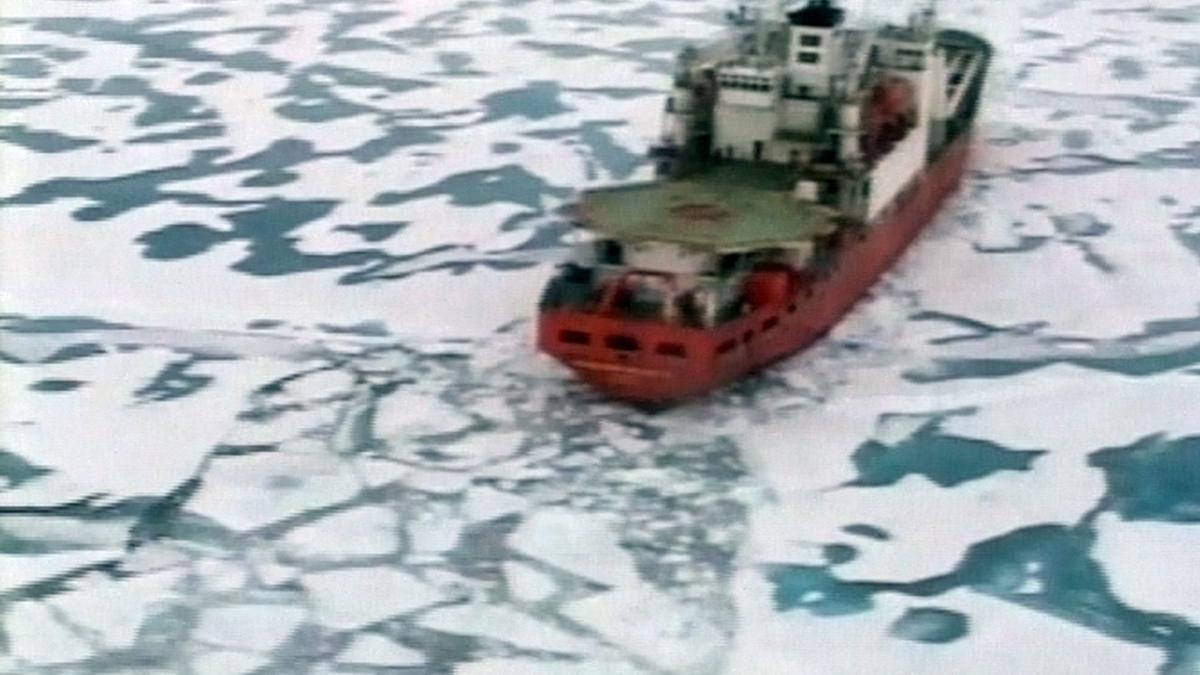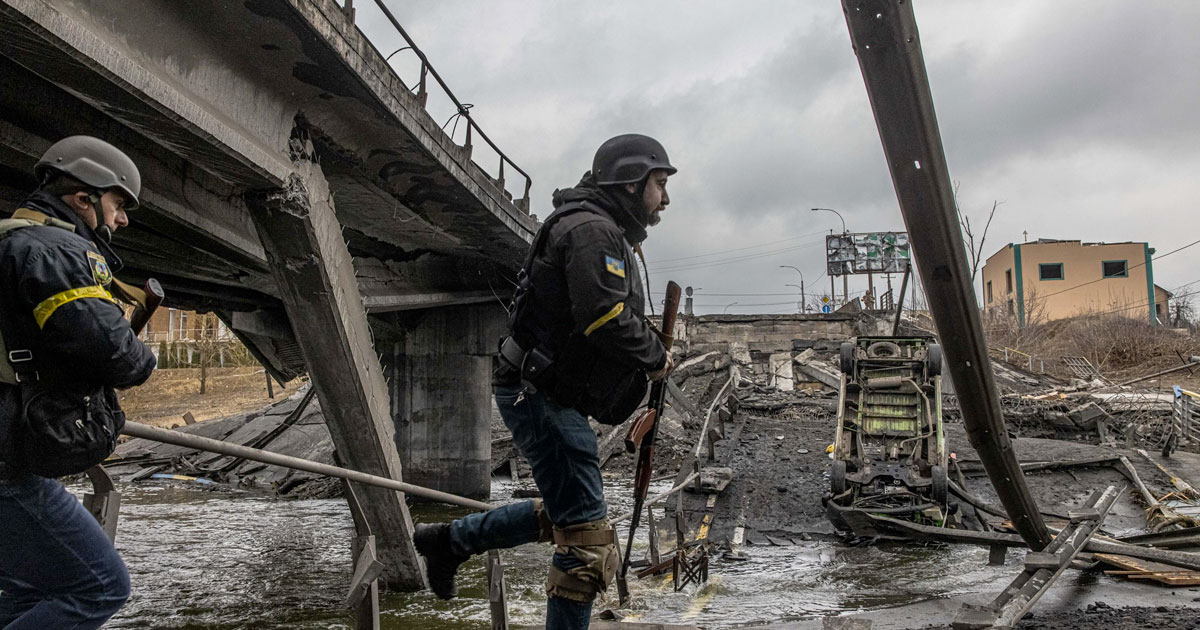Liters and liters of heating gas and the stereotype of Russians' traditional resistance to the elements are not enough to bolster Russia's presence in the Arctic region. President Vladimir Putin in December acknowledged the importance of the aforementioned region, stressing his intention to fortify its northern borders: “The Arctic region has enormous economic opportunities. In addition, the Arctic is linked to the strengthening of Russia’s energy potential, the expansion of logistics and the defense guarantee.” He added that for this reason, “the development of these lands represents an undeniable priority for the Russian Federation.”
The north of the country, sometimes called the “last frontier” because it is an inhospitable place, is also a crucial point for possible exploitation of resources under the Arctic Sea and for being a center of tension with NATO member states such as Norway, Denmark, the United States, Finland and Canada. Therefore, Moscow wants to increase its defensive capacity by using more capable radars, which is planned for 2027, or increase the offensive capabilities of the icebreakers patrolling the region. “We can equip a conventional icebreaker with attack drones and even offensive missile weapons,” said Nikolai Novichkov, a deputy of the Russian State Duma and a member of the State Duma Committee for the Development of the Arctic and the Far East. He added: “In normal times, the ship will carry out its ice guidance mission along the Northern Sea Route, and in the period of threat it will become a warship of the Northern Fleet to carry out deterrence missions against a potential enemy.” .
The interest in protecting this region goes beyond defending Russia's territorial integrity, but also lies in the potential economic potential that Moscow wants to tap into. Although there is territory in the Russian Arctic, most of it is legally considered international waters as there is no surface area under the ice. This limits the potential exploitation of natural resources by Moscow, and to counter the aforementioned inconvenience, it wanted to expand its territory with the help of its geologists.
Controversial ad
Since 2000, Russia has tried to prove that the Lomonosov Range, an underwater mountain range that cuts through the Arctic Ocean, is part of the Russian continental shelf, which would legitimize it as part of the country. This announcement is not controversial in the least because Denmark has also indicated that the underwater formation in question is part of Greenland's crust.
It is known, thanks to expeditions coming from different countries, that in the depths of the Arctic there are reserves of gas and oil, in addition to minerals such as gold, silver, mercury, zinc, and others. Although global warming poses a threat to many countries, an interesting trade window is open for Russia, as it allows extensive use of the so-called Northern Route, which connects Western Europe with China and Asia via the Arctic.

“Freelance social media evangelist. Organizer. Certified student. Music maven.”



